Home>Furniture & Design>Interior Design Trends>What Glue Works On Car Glass?
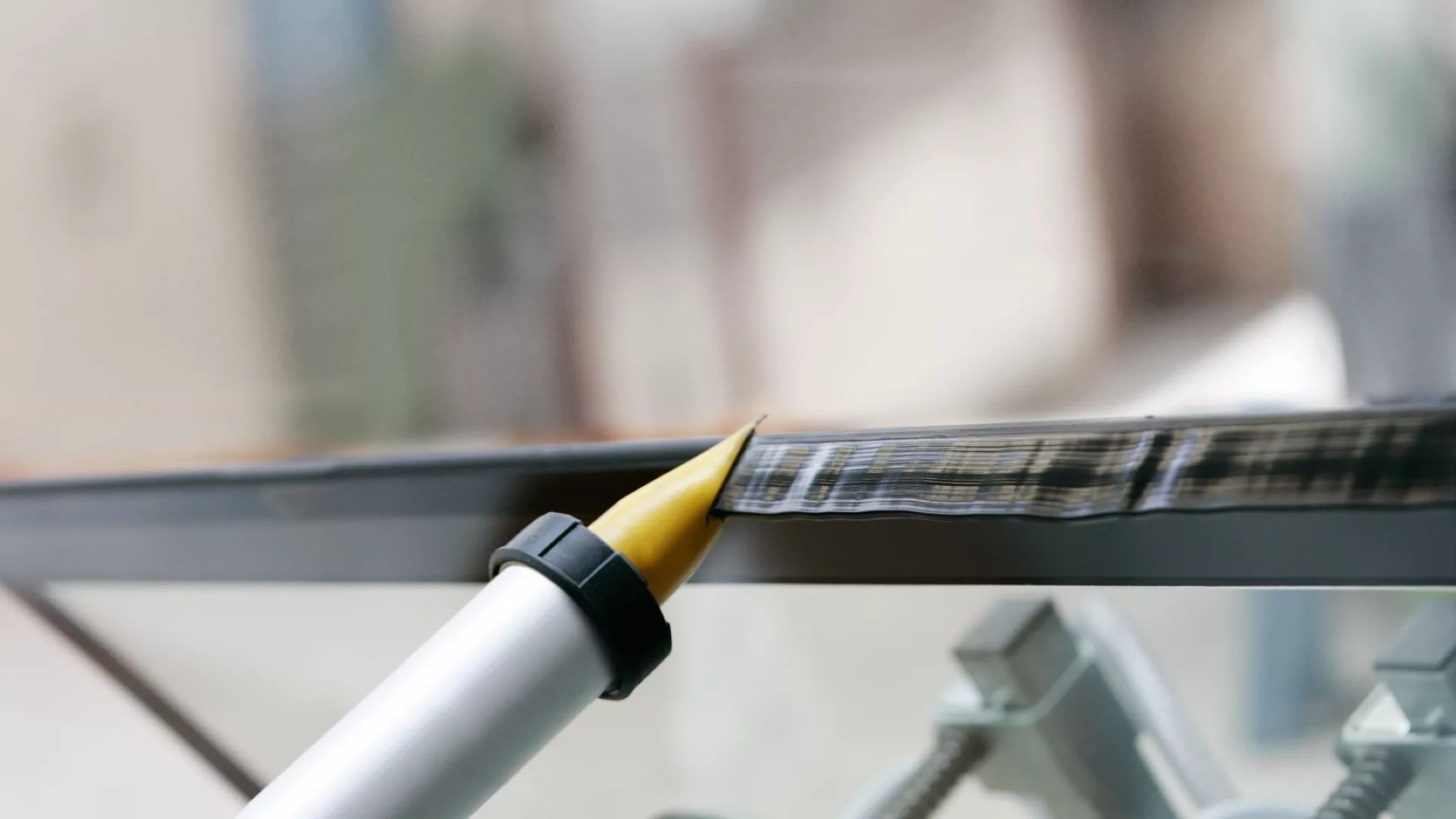

Interior Design Trends
What Glue Works On Car Glass?
Published: February 4, 2024
Looking for the best glue for car glass? Discover the top interior design trends for a stylish and modern look. Explore now!
(Many of the links in this article redirect to a specific reviewed product. Your purchase of these products through affiliate links helps to generate commission for Storables.com, at no extra cost. Learn more)
Types of Glue for Car Glass
When it comes to repairing car glass, selecting the right type of glue is crucial for ensuring a secure and long-lasting bond. There are several types of glue specifically designed for car glass applications, each with its own unique properties and recommended uses. Understanding the differences between these glues can help you make an informed decision when addressing glass-related repairs on your vehicle.
-
Urethane Adhesive: This type of glue is widely used in automotive glass repairs due to its exceptional strength and durability. Urethane adhesive is designed to create a strong bond between the glass and the car frame, providing reliable support and structural integrity. It is commonly used for windshield replacements and is known for its resistance to temperature variations and environmental factors.
-
Silicone Adhesive: Silicone adhesive is valued for its flexibility and weather-resistant properties. It is often used in sealing and bonding applications, making it suitable for repairing small cracks and chips in car glass. Silicone adhesive can effectively fill in minor imperfections and create a protective barrier against moisture and debris, helping to prevent further damage.
-
Acrylic Adhesive: Acrylic adhesive is known for its quick drying time and ease of application. It is commonly used for bonding glass to non-porous surfaces, making it suitable for certain car glass repairs. Acrylic adhesive provides a strong initial bond and is often used in conjunction with other sealing materials to enhance the overall effectiveness of the repair.
-
Epoxy Resin: Epoxy resin is a versatile adhesive that can be used for a variety of automotive applications, including glass repairs. It is valued for its high-strength bond and resistance to chemicals and environmental stressors. Epoxy resin is often used for filling in larger cracks and gaps in car glass, providing a reliable and long-lasting solution for structural reinforcement.
Understanding the unique characteristics of each type of glue for car glass can help you determine the most suitable option for your specific repair needs. Whether you are addressing a minor chip or embarking on a full windshield replacement, choosing the right glue is essential for achieving a successful and durable repair.
Key Takeaways:
- Choose the right glue for car glass repairs based on the type of glass, environmental conditions, and application method. Safety and compatibility are crucial for a successful and long-lasting bond.
- When applying glue on car glass, precision, cleanliness, and following manufacturer’s guidelines are key. Consider temperature, avoid contaminants, and invest in quality adhesive products for optimal results.
Read more: What Glue Works On Glass
Factors to Consider When Choosing Glue for Car Glass
Selecting the appropriate glue for car glass repairs requires careful consideration of several key factors to ensure the effectiveness and longevity of the repair. By evaluating these factors, you can make an informed decision and choose the most suitable adhesive for your specific car glass repair needs.
1. Type of Glass:
Different types of car glass, such as windshields, side windows, and rear windows, may require specific adhesives based on their composition and structural requirements. For instance, the adhesive used for bonding a windshield must be capable of withstanding significant structural stress and temperature variations, while an adhesive for side windows may prioritize flexibility and weather resistance.
2. Environmental Conditions:
Consider the typical environmental conditions your vehicle will encounter. If you live in an area with extreme temperature variations or frequent exposure to moisture, selecting an adhesive with excellent resistance to environmental factors is crucial. This ensures that the bond remains strong and reliable, even in challenging conditions.
3. Application Method:
The method of application can vary depending on the type of adhesive selected. Some adhesives may require specialized tools or equipment for precise application, while others may offer more user-friendly application methods. Consider the practical aspects of applying the adhesive to ensure a smooth and efficient repair process.
Read more: What Glue To Use For Glass
4. Curing Time:
The curing time of the adhesive is an important consideration, especially if you require a quick repair. Some adhesives offer rapid curing times, allowing for expedited repairs, while others may require more time to fully set and create a strong bond. Understanding the curing time can help you plan the repair process accordingly.
5. Compatibility with Existing Materials:
When repairing car glass, it is essential to ensure that the chosen adhesive is compatible with the existing materials and any additional sealing or bonding products that may be used in conjunction with the adhesive. Compatibility issues can compromise the effectiveness of the repair, making it crucial to select an adhesive that complements the existing materials.
6. Safety and Regulations:
Adhering to safety standards and regulations is paramount when selecting an adhesive for car glass repairs. Ensure that the chosen adhesive complies with relevant safety guidelines and regulations to guarantee the structural integrity and safety of the repaired glass.
By carefully evaluating these factors, you can confidently select the most suitable adhesive for your car glass repair needs, ultimately ensuring a successful and long-lasting repair that meets the specific requirements of your vehicle and driving conditions.
How to Apply Glue on Car Glass
Applying glue on car glass requires precision and attention to detail to ensure a secure and effective bond. The following steps outline the proper procedure for applying glue on car glass, whether for minor repairs or windshield replacements:
-
Surface Preparation: Begin by thoroughly cleaning the area where the glue will be applied. Remove any dirt, debris, or old adhesive residue from the glass surface using a suitable glass cleaner and a lint-free cloth. Ensure that the surface is completely dry before proceeding to the next step.
-
Priming the Surface: In some cases, especially for windshield replacements, the glass surface may need to be primed to promote adhesion. Follow the manufacturer's instructions to apply the appropriate primer to the glass surface, allowing it to dry completely before proceeding with the adhesive application.
-
Applying the Glue: Use a high-quality applicator or caulking gun to apply the adhesive along the edges of the glass where the bond will be formed. Ensure that the adhesive is applied evenly and covers the designated area according to the specific requirements outlined in the adhesive product instructions.
-
Positioning the Glass: Carefully position the glass onto the car frame, aligning it accurately with the designated mounting area. Take care to avoid shifting or sliding the glass once it makes contact with the adhesive to prevent any misalignment or disruption of the bond.
-
Securing the Bond: Once the glass is in position, apply gentle pressure to ensure that the adhesive forms a strong and uniform bond between the glass and the car frame. Follow the recommended pressure guidelines provided by the adhesive manufacturer to achieve an optimal bond.
-
Curing Process: Allow the adhesive to cure according to the specified duration provided by the manufacturer. During this time, it is essential to avoid any disturbances or stress on the bonded area to allow the adhesive to set and create a durable bond.
-
Final Inspection: After the curing process is complete, conduct a thorough inspection of the bonded area to ensure that the adhesive has formed a secure and uniform bond. Check for any signs of irregularities or incomplete bonding, and address any issues promptly.
By following these steps and adhering to the specific guidelines provided by the adhesive manufacturer, you can effectively apply glue on car glass, whether for minor repairs or major replacements. This meticulous approach ensures that the adhesive forms a reliable bond, contributing to the structural integrity and safety of the vehicle's glass components.
Read more: What Glue Sticks To Glass
Tips for Using Glue on Car Glass
When working with glue for car glass repairs, incorporating best practices and leveraging helpful tips can significantly enhance the overall effectiveness and durability of the repair. Here are valuable tips to consider when using glue on car glass:
-
Temperature Consideration: Take into account the ambient temperature during the application of the adhesive. Extreme temperatures can impact the curing process and the overall bond strength. It is advisable to apply the glue in moderate temperature conditions to facilitate optimal curing and bonding.
-
Avoid Contaminants: Prior to applying the adhesive, ensure that the glass surface is free from contaminants such as oil, grease, or dirt. Contaminants can compromise the adhesive's ability to form a strong bond, potentially leading to an inadequate repair. Thoroughly clean and prepare the glass surface to promote optimal adhesion.
-
Precision Application: Exercise precision when applying the adhesive to the designated areas of the car glass. Even and consistent application is essential for achieving a uniform bond and preventing potential weak spots in the repair. Follow the manufacturer's guidelines for the recommended application technique and coverage.
-
Safety Precautions: Adhere to safety precautions recommended by the adhesive manufacturer, including the use of personal protective equipment such as gloves and eye protection. Additionally, ensure proper ventilation when working with adhesives to minimize exposure to fumes and promote a safe working environment.
-
Quality Adhesive Products: Invest in high-quality adhesive products specifically designed for car glass repairs. Choosing reputable and trusted brands can significantly impact the durability and longevity of the repair, providing added assurance of a reliable bond that withstands environmental stressors.
-
Professional Consultation: For complex car glass repairs, consider seeking professional consultation or assistance. Professional technicians possess the expertise and experience to navigate intricate repairs, ensuring that the adhesive is applied correctly and the repair meets industry standards for safety and structural integrity.
-
Post-Repair Care: After the adhesive has fully cured, avoid subjecting the repaired glass to excessive stress or mechanical impact during the initial period. Following the recommended post-repair care guidelines can help preserve the integrity of the bond and contribute to the long-term effectiveness of the repair.
By incorporating these tips into the process of using glue on car glass, individuals can optimize the repair outcome, fostering a secure and durable bond that upholds the structural integrity and safety of the vehicle's glass components.
Frequently Asked Questions about What Glue Works On Car Glass?
Was this page helpful?
At Storables.com, we guarantee accurate and reliable information. Our content, validated by Expert Board Contributors, is crafted following stringent Editorial Policies. We're committed to providing you with well-researched, expert-backed insights for all your informational needs.
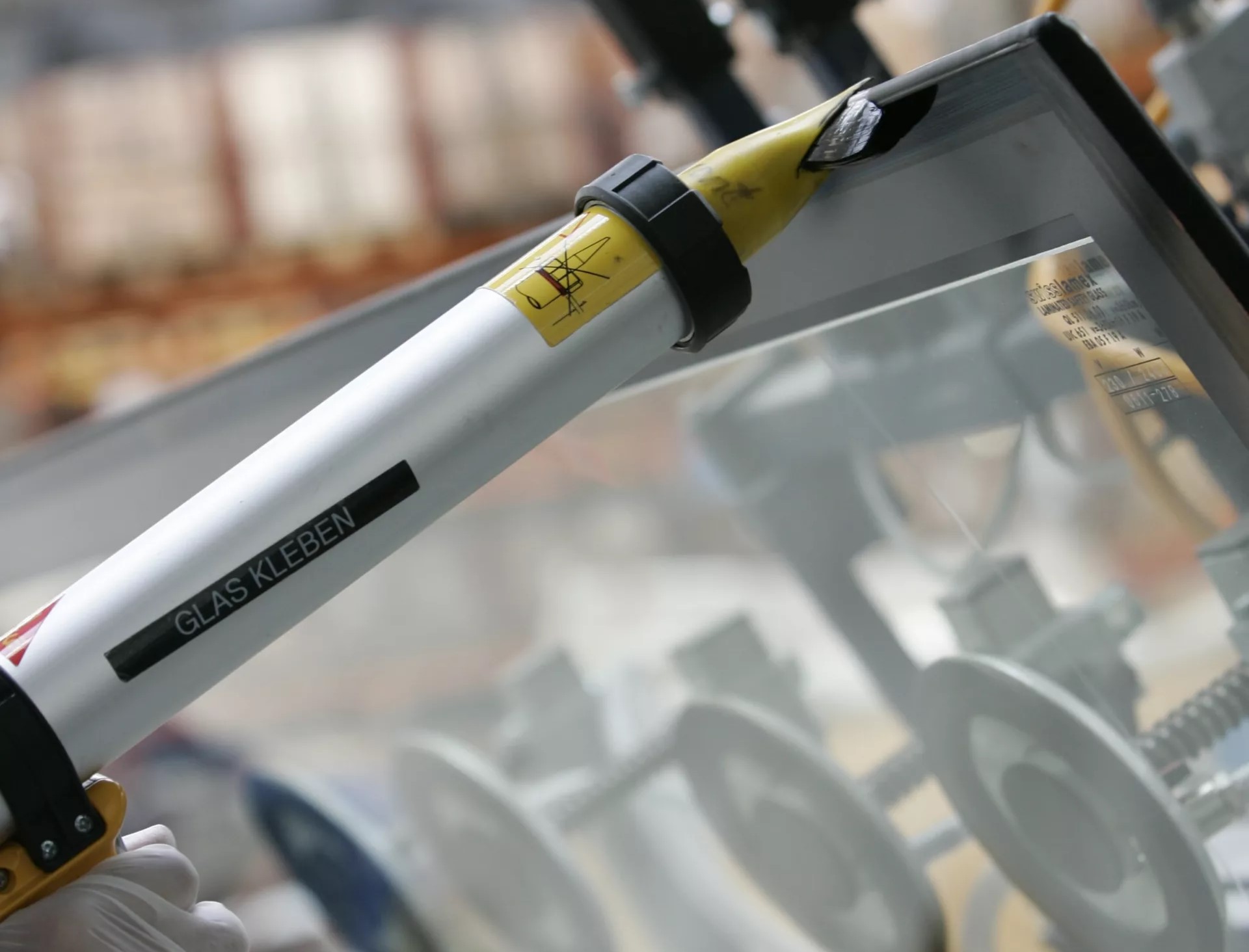
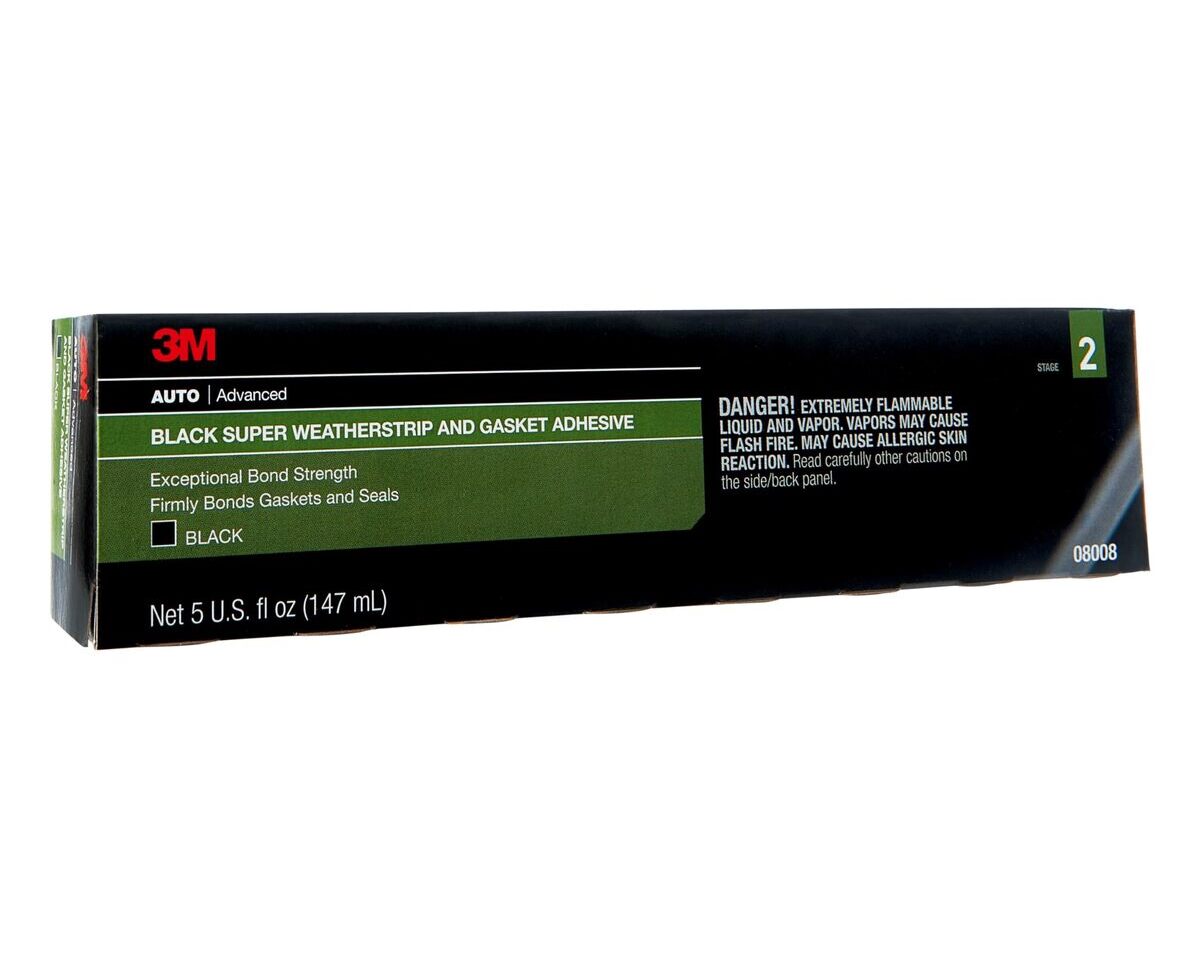
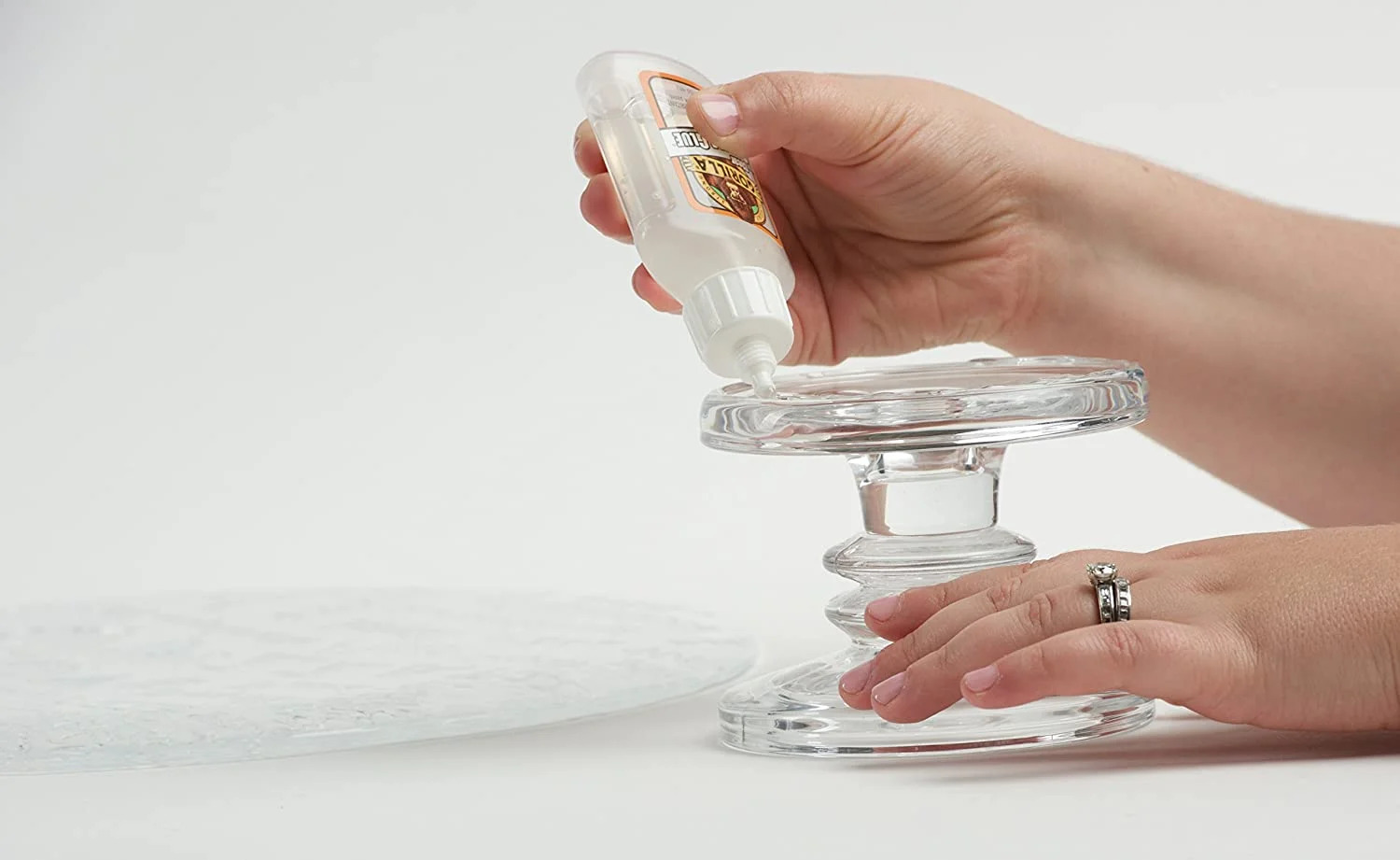
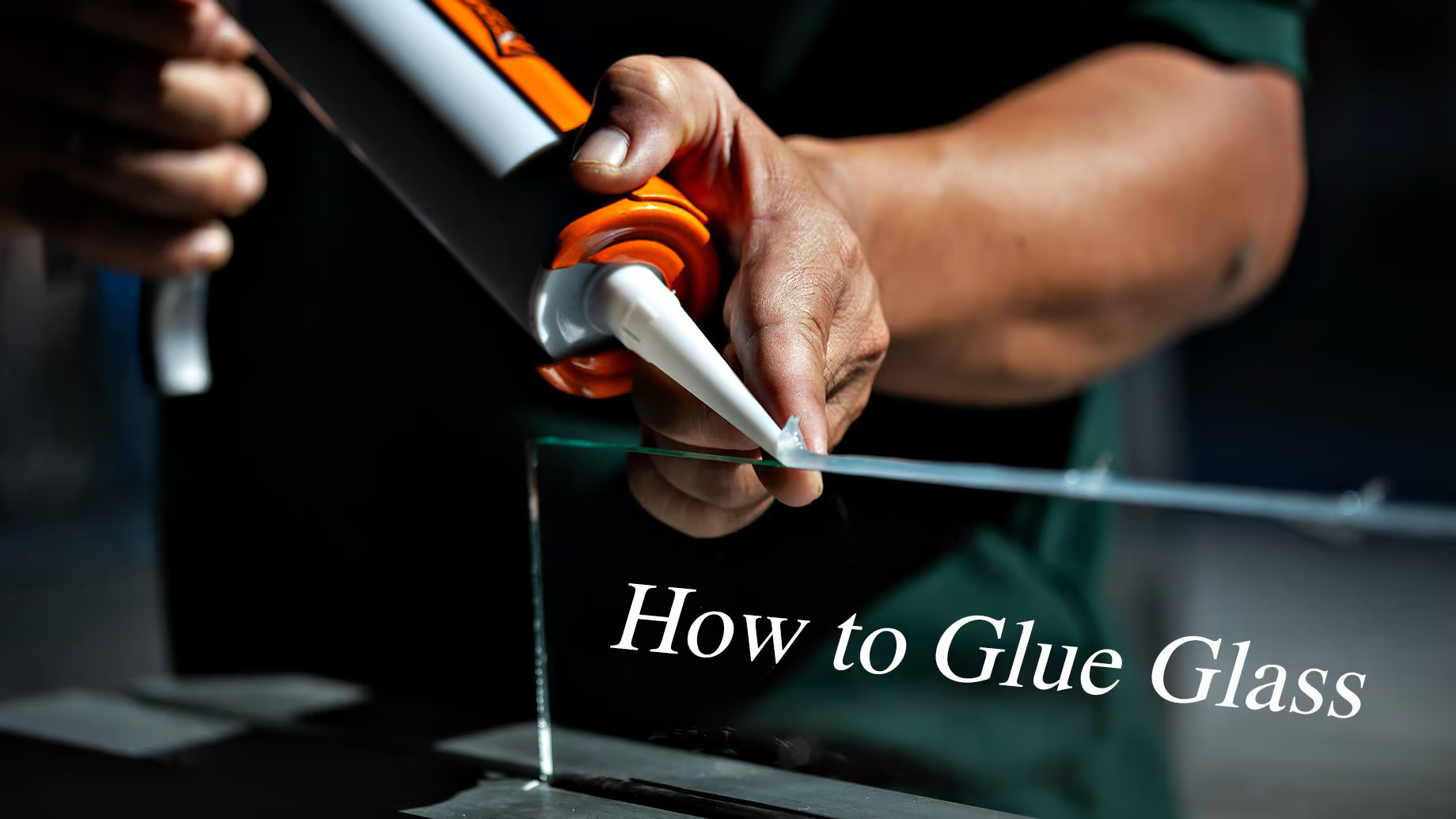
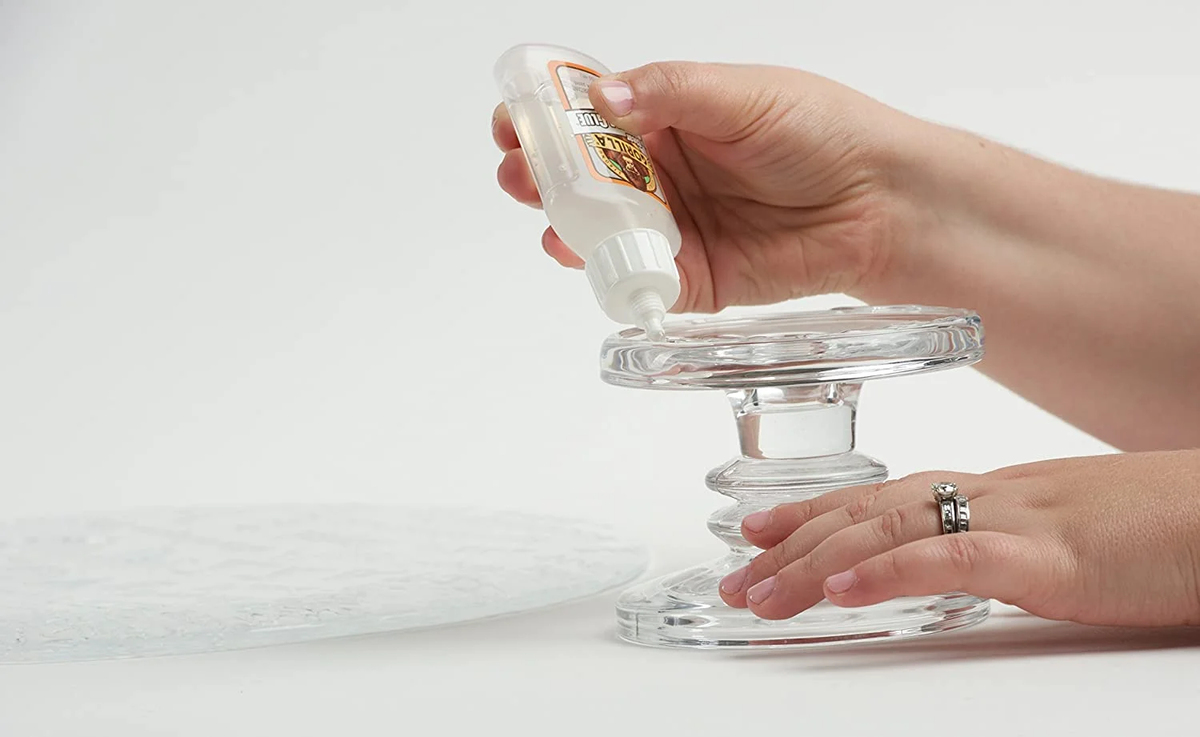
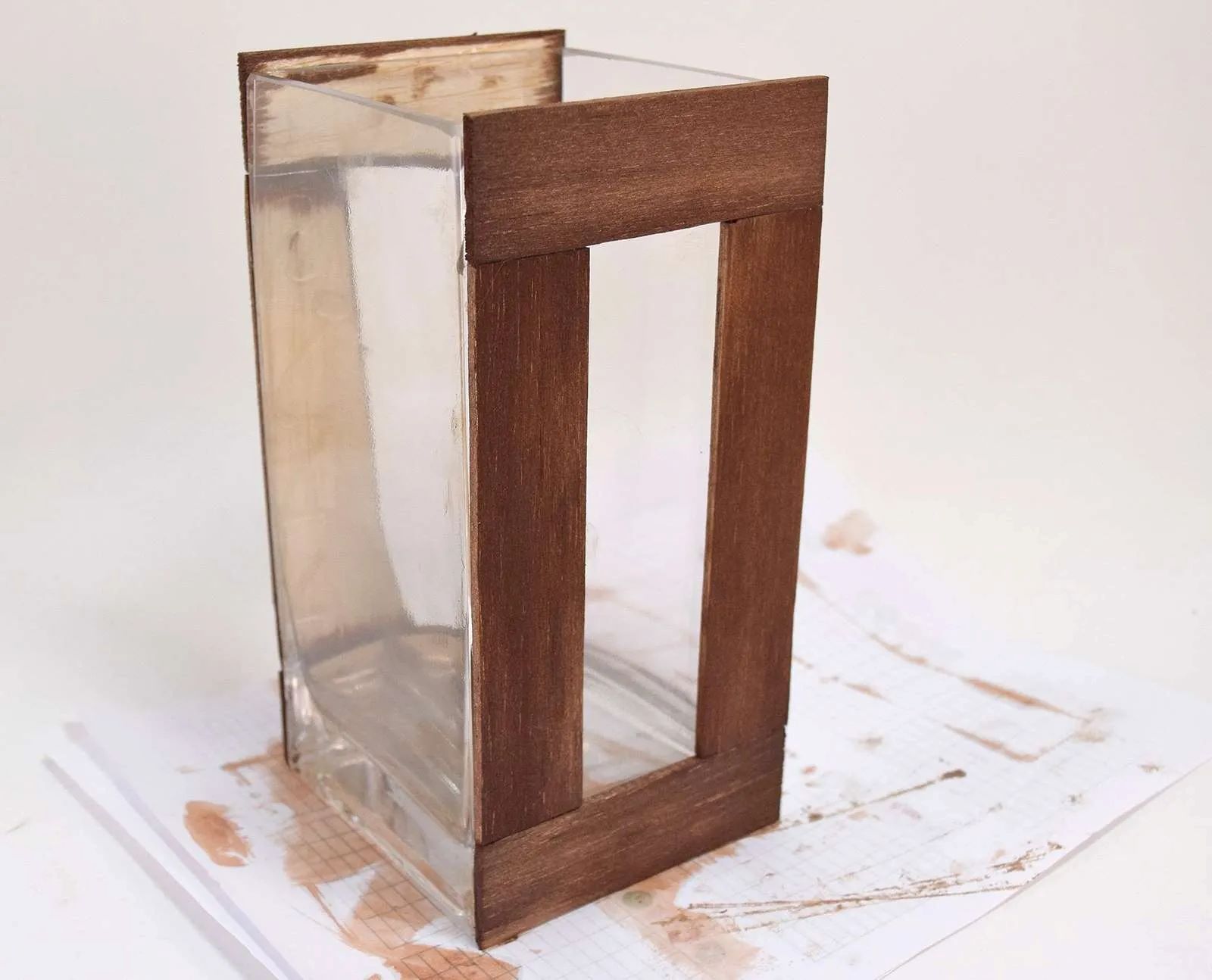
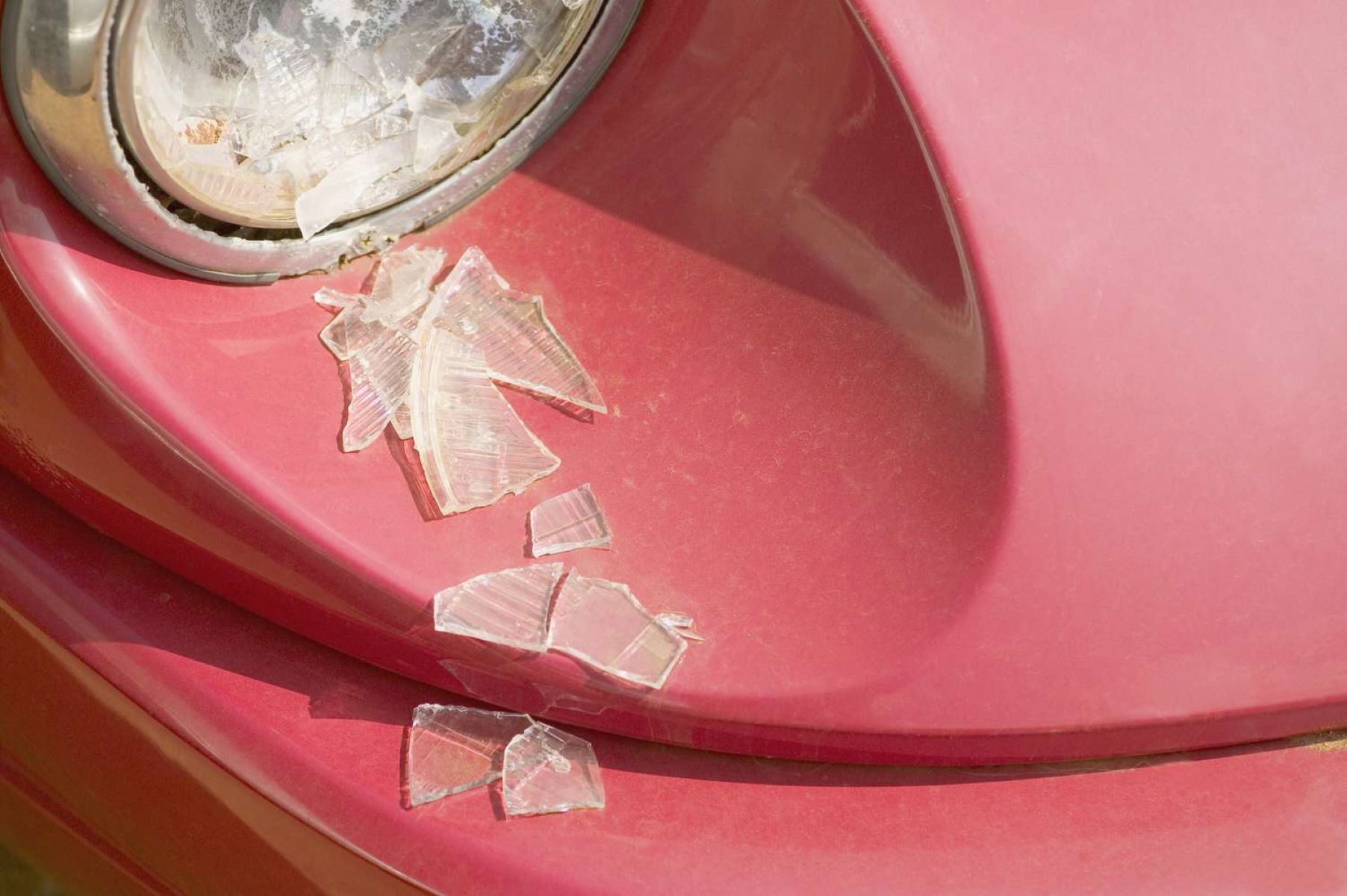
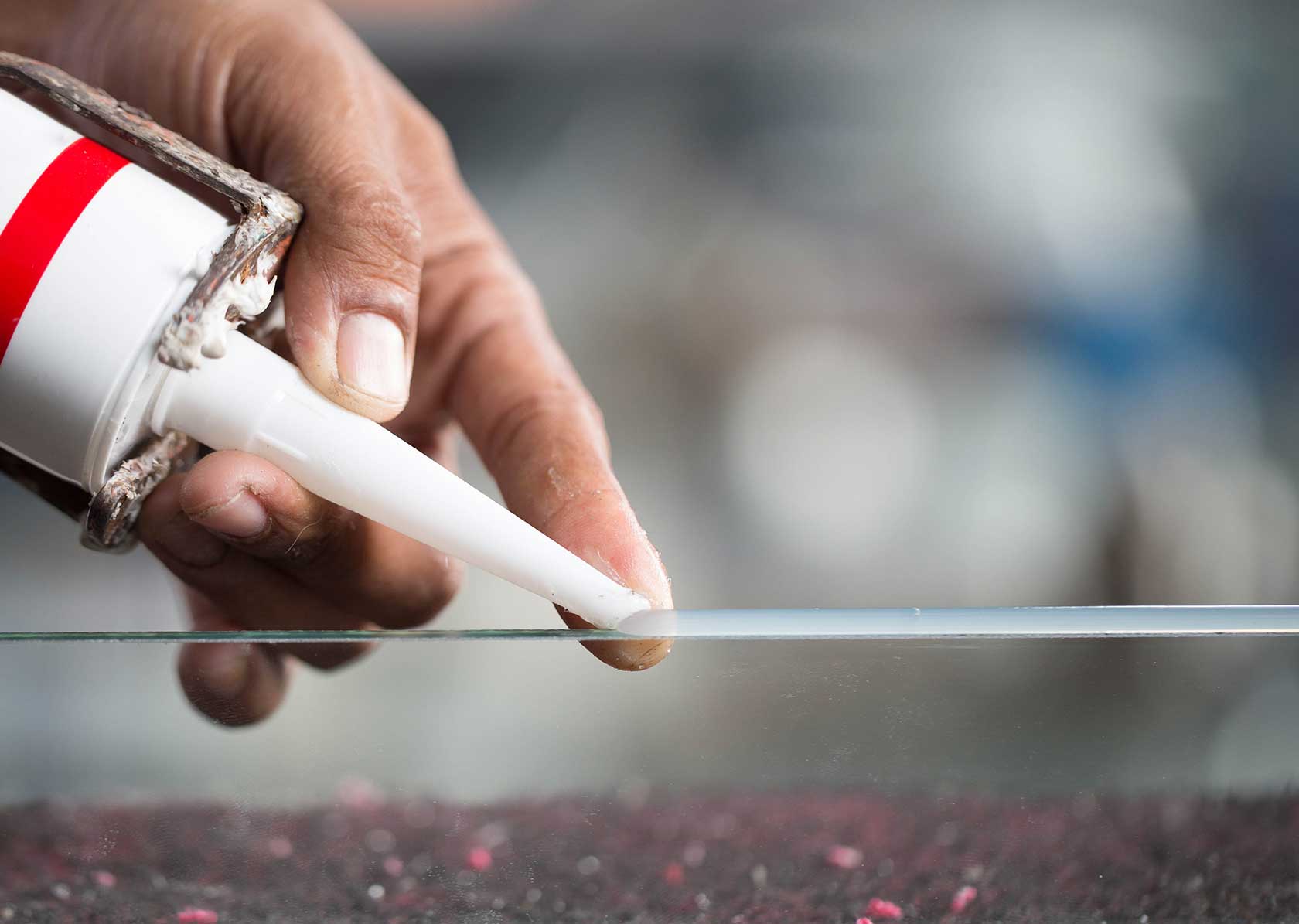
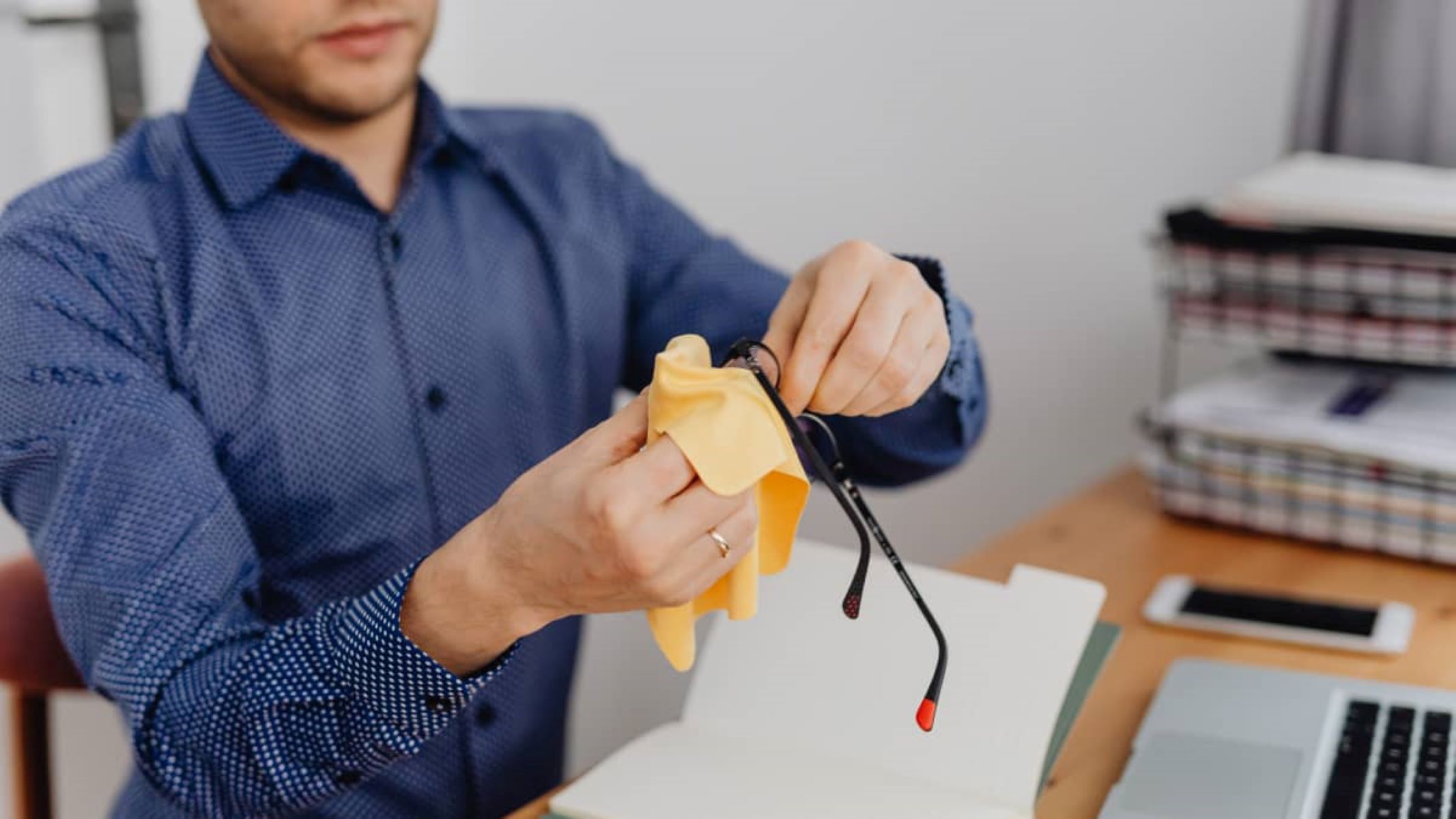
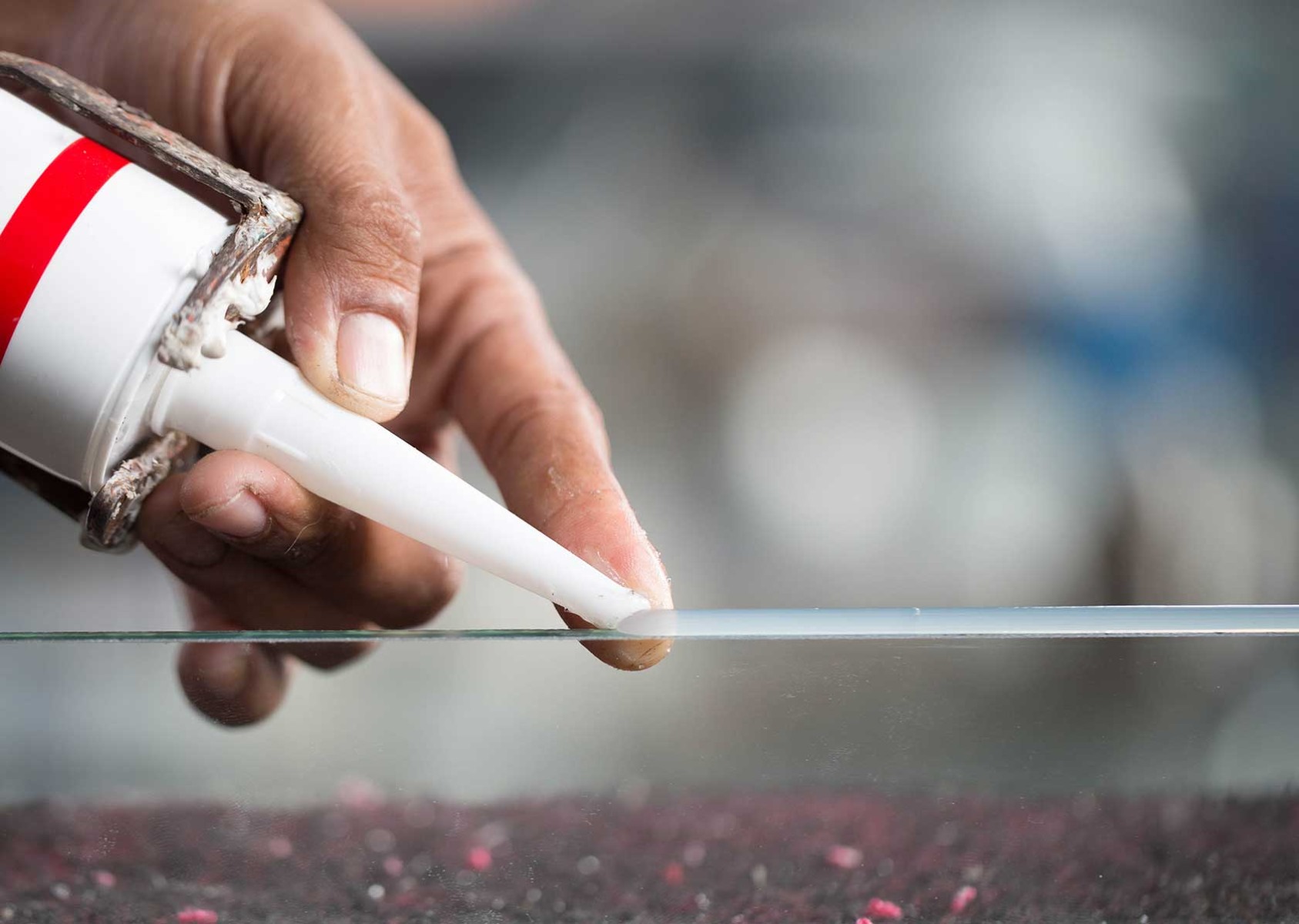
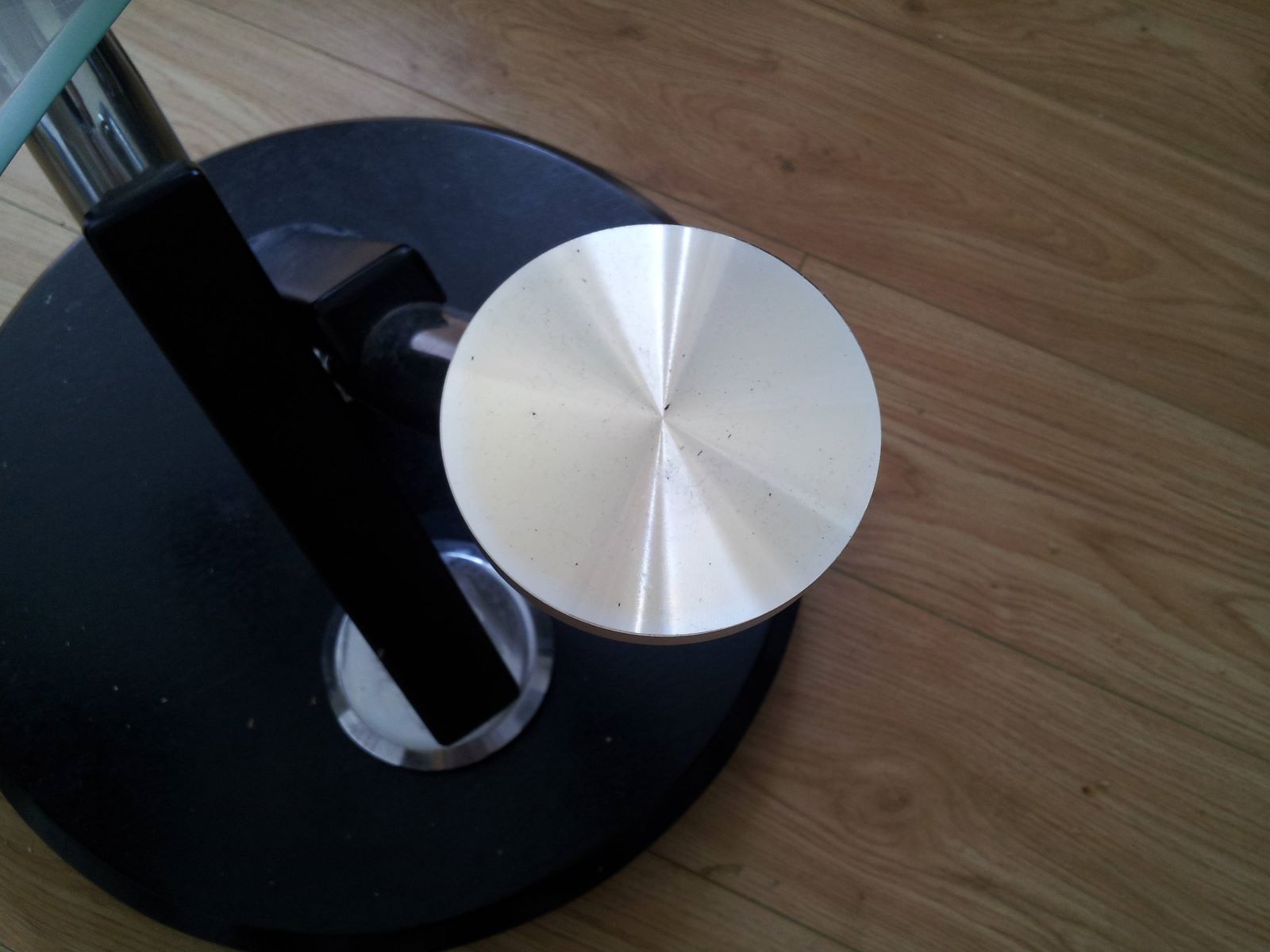
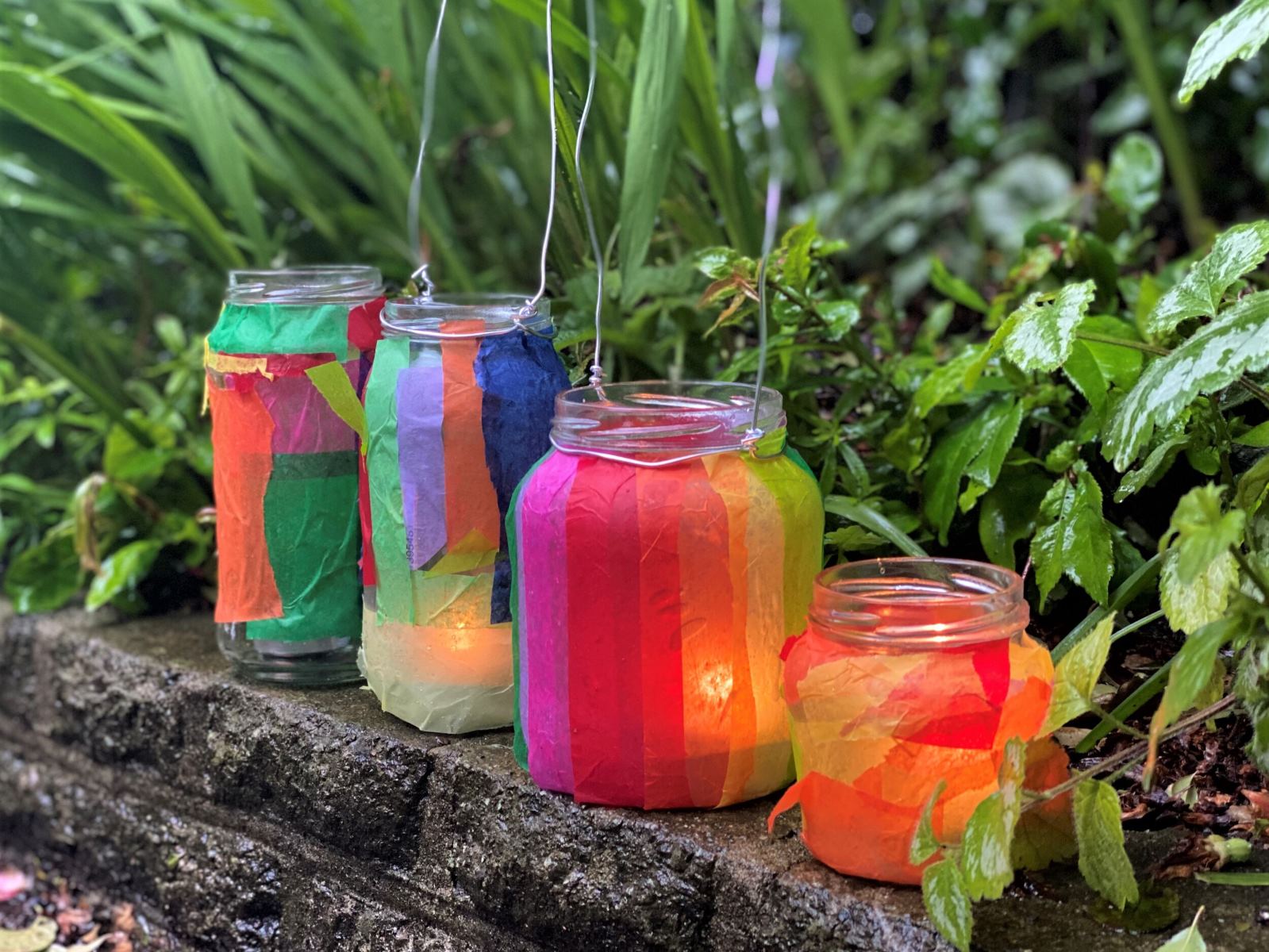
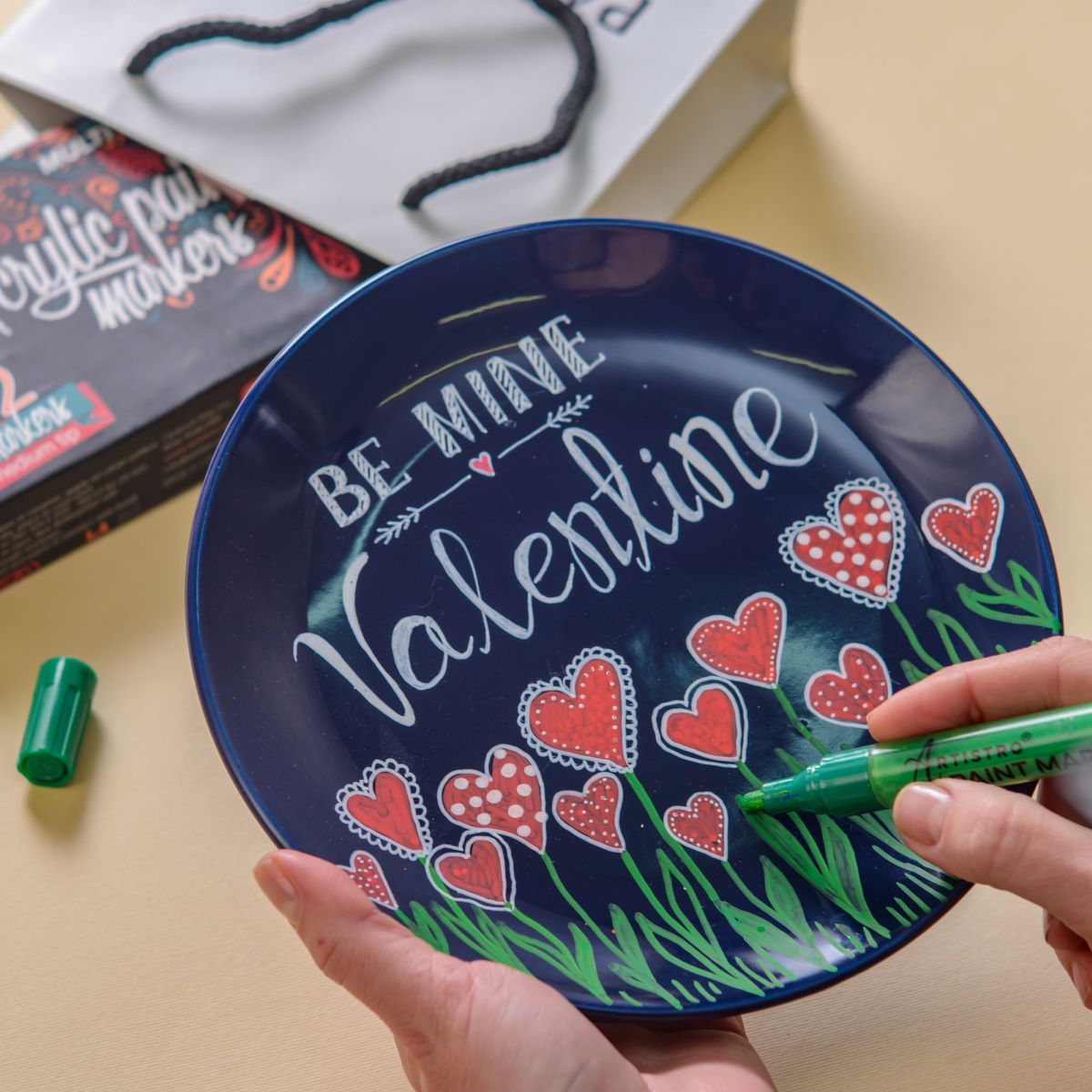

0 thoughts on “What Glue Works On Car Glass?”